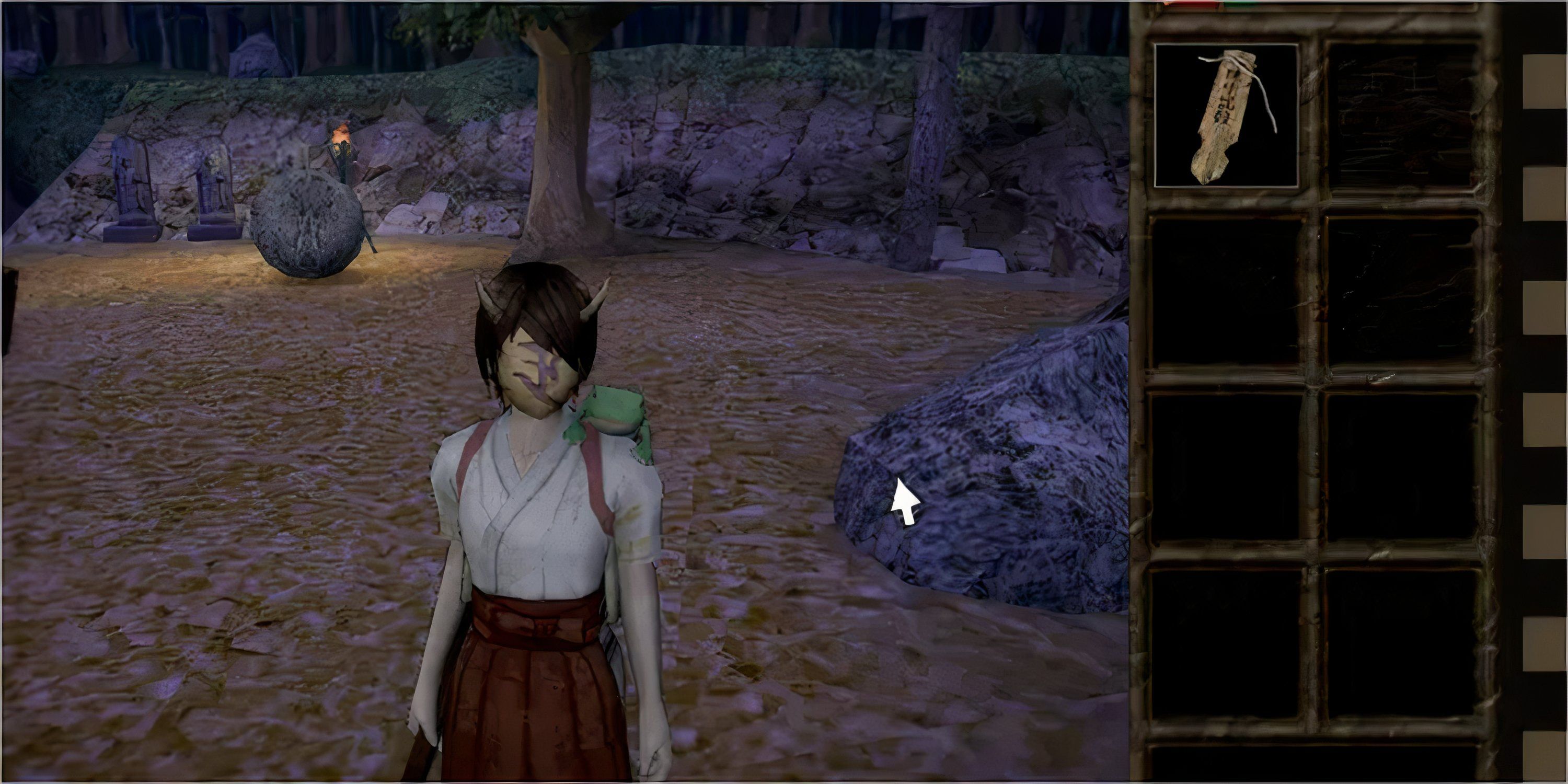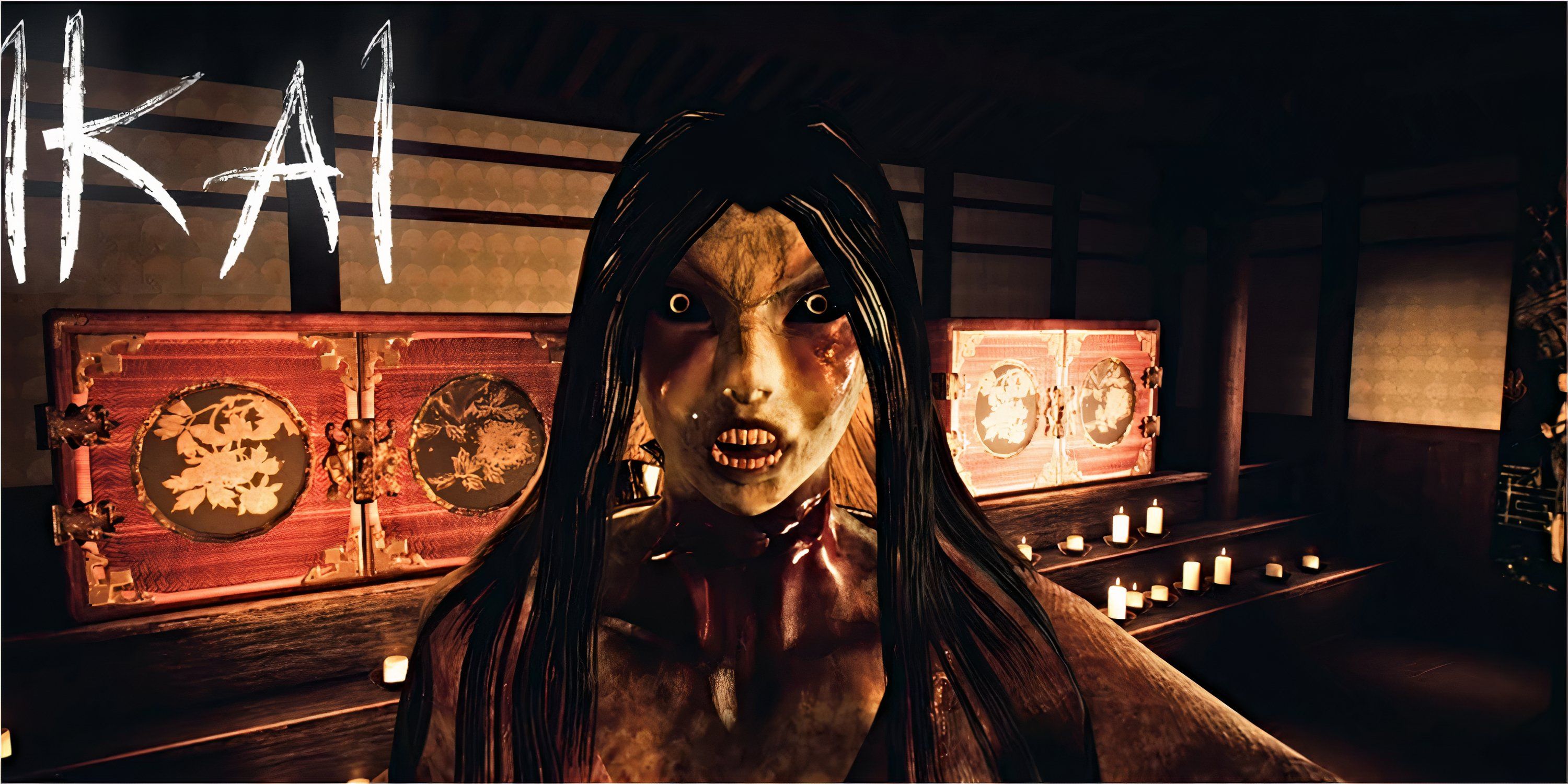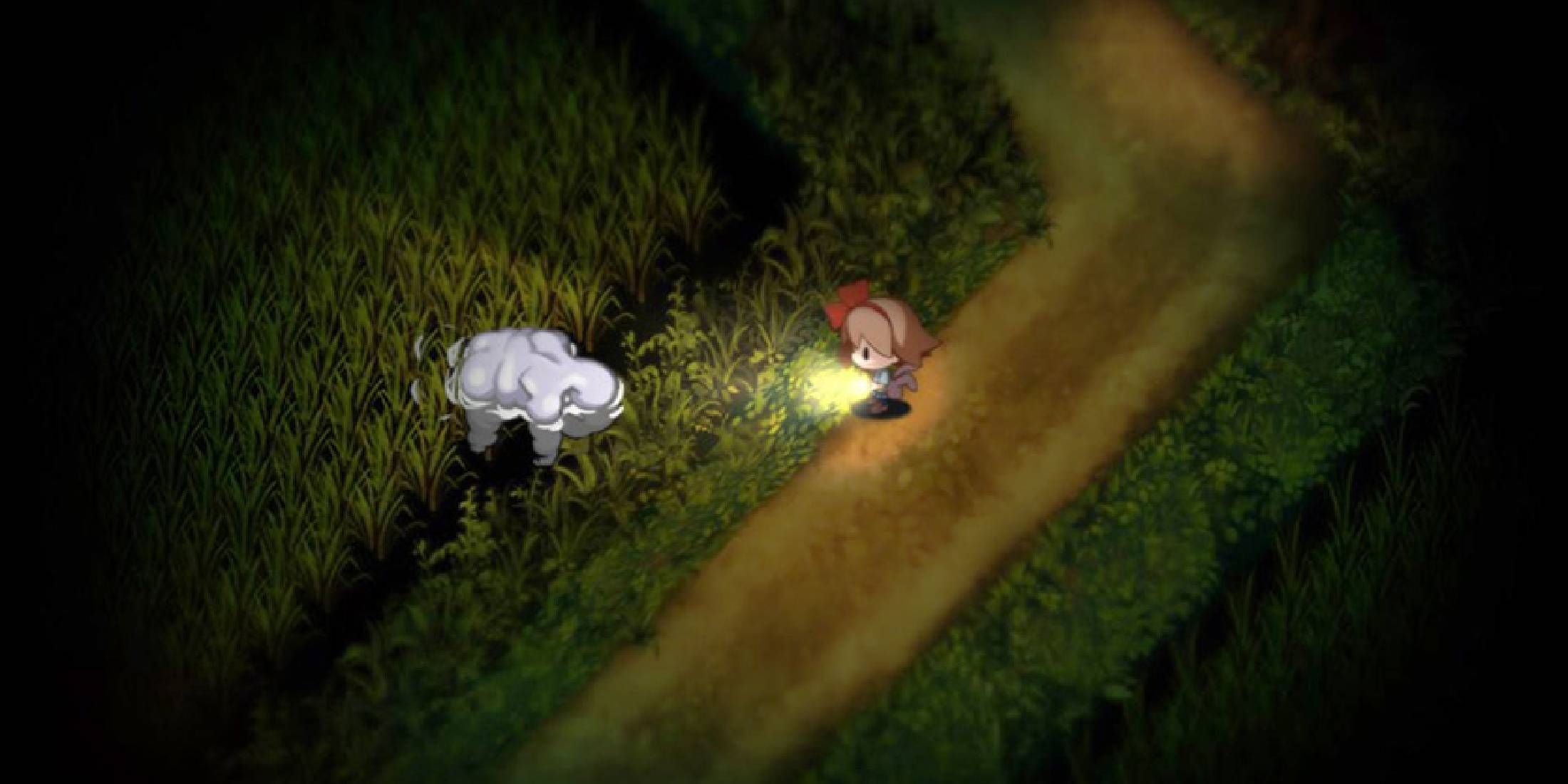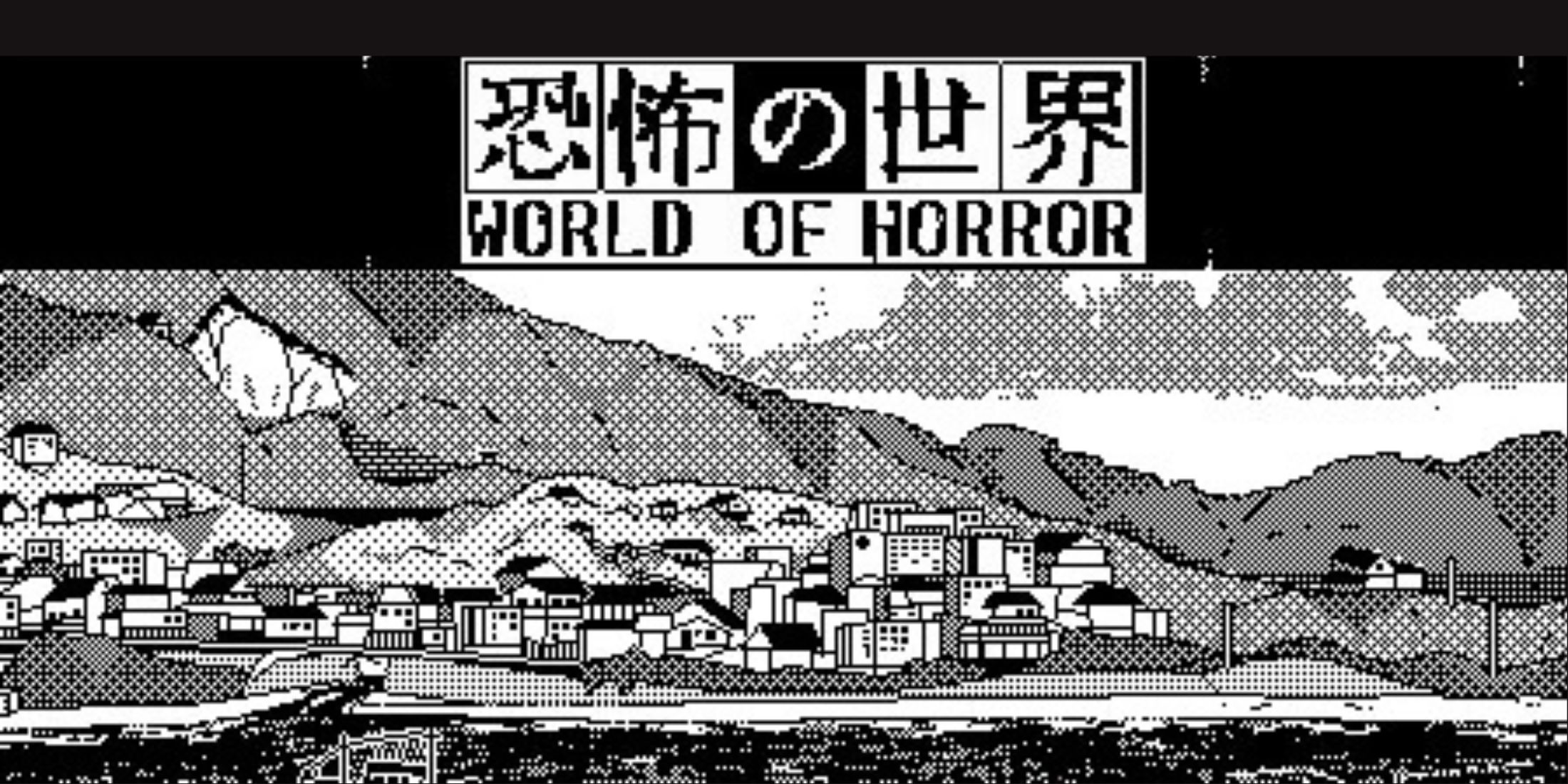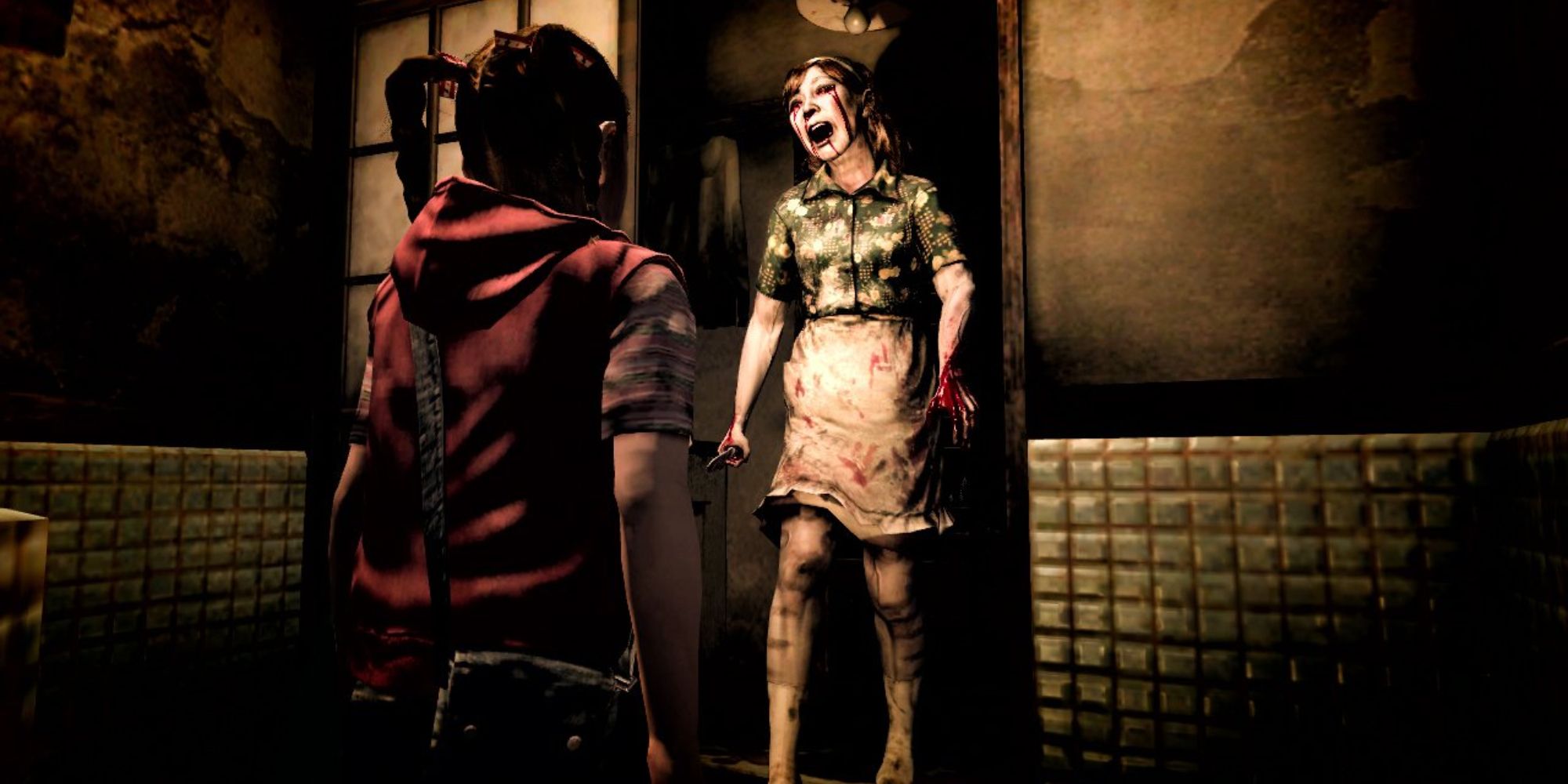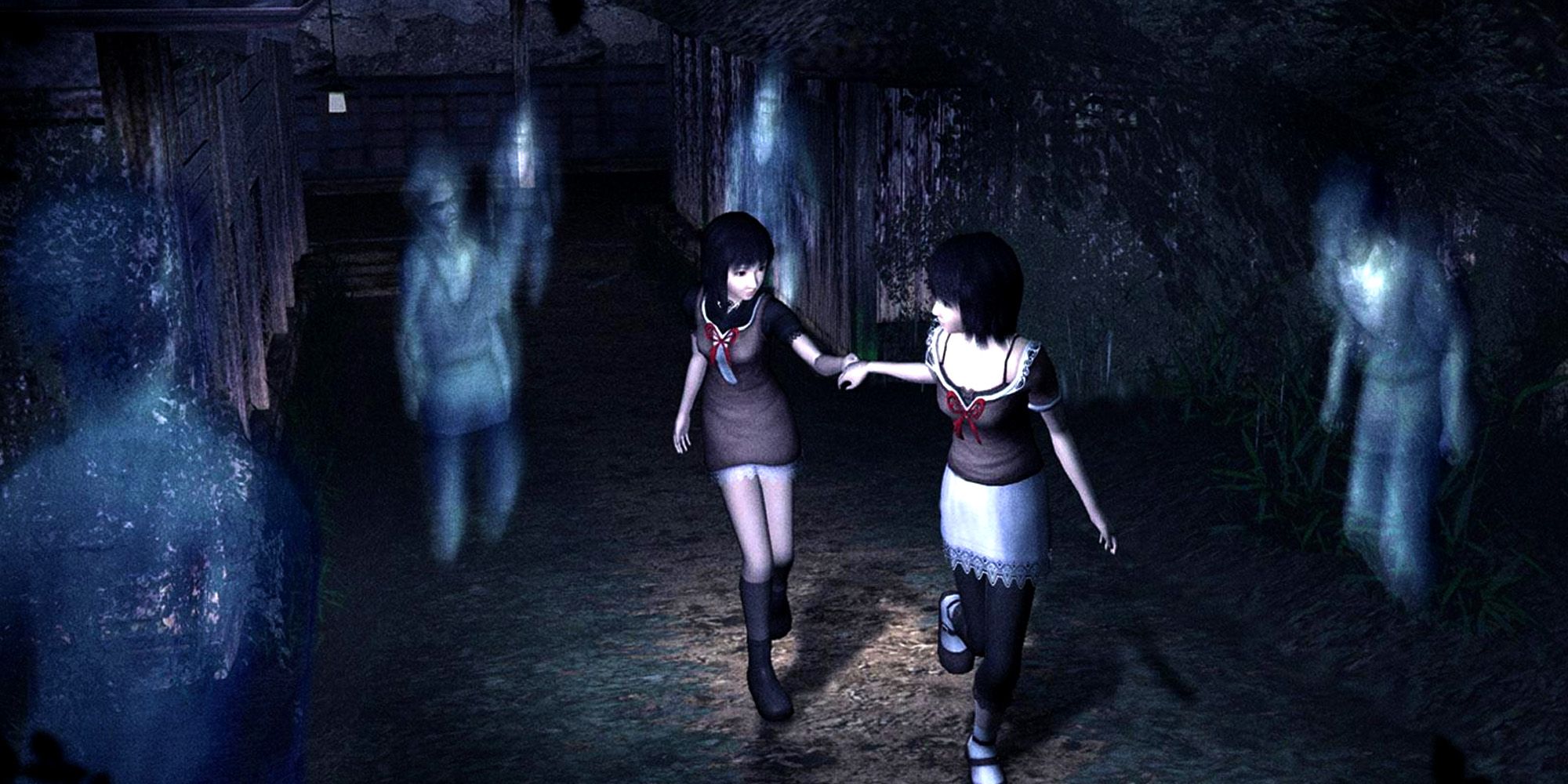Summary
Japanese folklore horror games immerse players in centuries-old myths and legends, creating an authentic and haunting experience.
Games like Ikai, Yomawari, and Fatal Frame II blend folklore with gameplay, offering unique and emotional encounters.
From yokai-infested manors to cursed villages, these games evoke a deep sense of Japanese superstition and fear of the unknown.
Japanese folklore has been the foundation of some of the most chilling, creative Japanese horror games ever made. Rooted in centuries-old tales of Yōkai (shape-shifting monsters), Yūrei (vengeful spirits), and mysterious rituals, these legends have long haunted the country’s cultural imagination. What sets Japanese folklore horror games apart isn’t just their creepy settings or grotesque monsters. It’s how deeply these stories are woven into the core of the experience, from the rules of survival to the design of every haunted alley and shrine.
Here, confronting a ghost isn’t just about jump scares — it’s about grappling with centuries of superstition, ritual, and fear of the unknown. For horror fans who have wondered what it would feel like to get lost in a cursed world of folklore nightmares, these games deliver that kind of immersive experience in folklore-inspired horror.
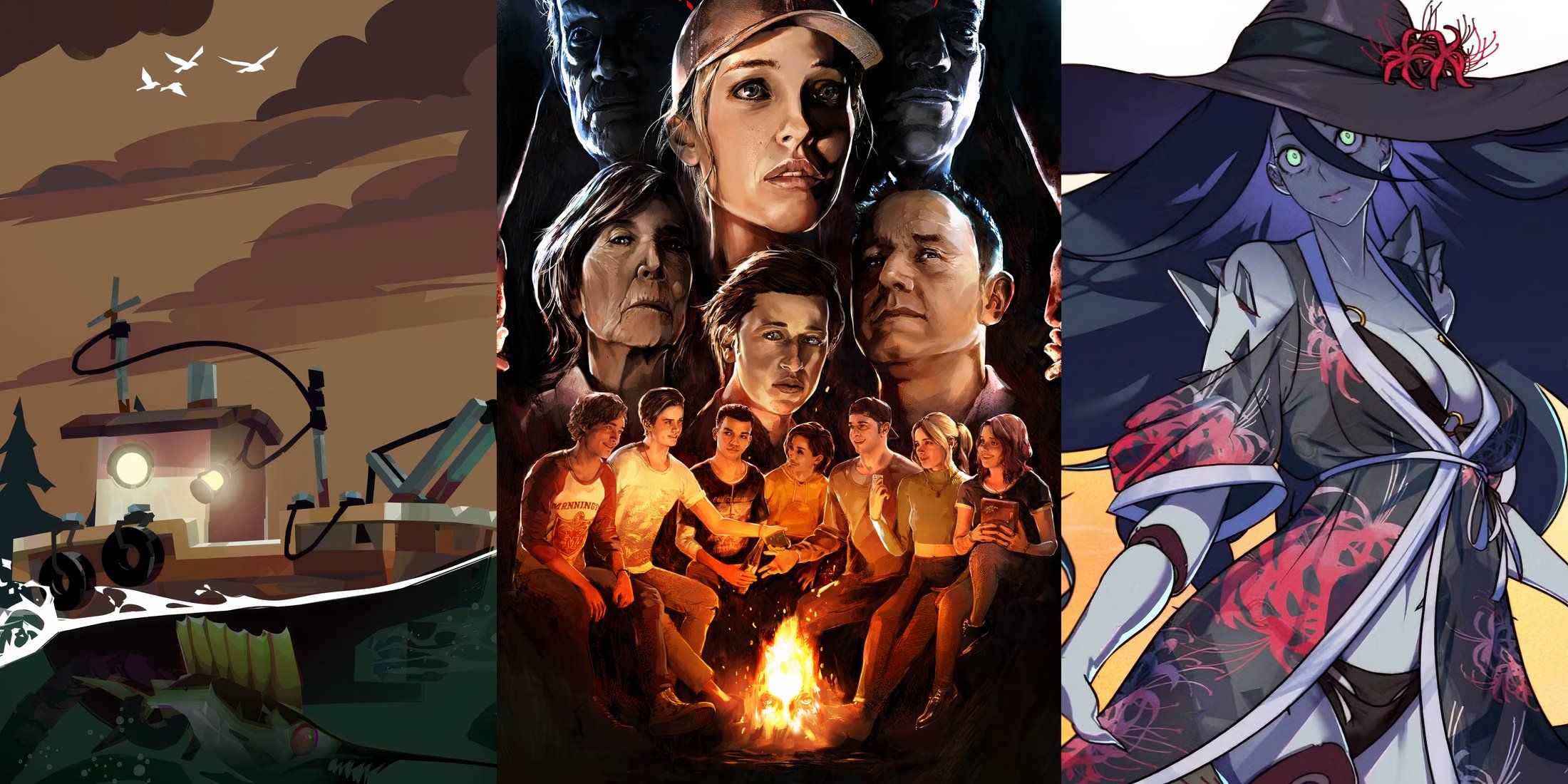
Related
8 Best Horror Games To Play This Summer
Plenty of horrific fun can be had this summer with the following spine-chilling games!
7
Kwaidan: Azuma Manor Story
Yokai At The Manor Gates
Published: February 25, 2020
Creator: Medietic
Genre: Survival Horror
Kwaidan: Azuma Manor Story drops players into a 1930s haunted manor crawling with Yokai straight out of Japanese legend. Armed with traditional weapons like the naginata and magatama beads, players must navigate both point-and-click puzzles and 3D action. The game’s devotion to authentic folklore is impressive. Azuma Manor is packed with monsters like the Karasu Tengu and Dorotabo, all rooted in real Japanese myth.
While the period setting and monstrous characters shine, the clunky controls and some dated mechanics keep Kwaidan from rising higher on the list. But for gamers who love retro survival horror and want to experience a menagerie of yokai, this is a hidden gem with rough edges.
6
Ikai
Shinto Shrines, Seals, and Onryō
Published: March 29, 2022
Creator: Endflame
Genre: Psychological Horror
Ikai immerses players in a first-person psychological horror experience set in feudal Japan. Playing as Naoko, a priestess at a remote Shinto shrine, players must confront malevolent spirits from folklore as a new demon threatens to breach the human world. The game emphasizes vulnerability. Naoko has no weapons, forcing players to rely on exploration, stealth, and, most notably, the drawing of protective Shinto seals to ward off evil.
The game aims for a serious and unsettling depiction of its Yōkai, including the Kijo (a horned demon born of jealousy) and the Manekute (beckoning ghost hands). Its sound design is a standout feature, expertly using creaking floorboards, whispers, and chilling soundtrack as well. While the pacing can drag a bit and the puzzles sometimes frustrate, Ikai excels at making players feel like intruders in a world where every shadow might be watching.
5
Yomawari: Night Alone
Children Lost After Dark
Yomawari: Night Alone is a unique approach to subtle horror, wrapped in a deceptively cute chibi art style. Players control a young girl searching for her sister and dog through a town transformed by night into a realm of spirits and supernatural terror. This game’s ghosts are as diverse as Japanese folklore itself — yokai, yūrei, man-faced dogs, and monstrous spirits all roam in the shadows. Equipped only with a flashlight, survival hinges on hiding, running, and outsmarting these bizarre creatures.
The game masterfully uses its isometric perspective and limited vision to build suspense. Some spirits are drawn from actual myth, while others manifest as twisted versions of childhood fears, blurring the line between urban legend and psychological horror. Yomawari stands out for its emotional depth and its ability to make every street corner and whisper of wind feel haunted by superstition.
4
World of Horror
Pixelated Nightmares and Urban Legends
World of Horror is a stunning tribute to the masters of horror, blending the 1-bit pixel aesthetic and grotesque body horror of Junji Ito with the cosmic dread of H.P. Lovecraft. Set in the cursed seaside town of Shiokawa, players must solve ever-changing mysteries, confront grotesque creatures, and stave off the apocalypse as the Old Gods awaken.

Related
8 Best Asian Horror Games That Aren’t Japanese
Japanese horror is well-known, but there are plenty of Asian games that explore other cultures.
This roguelite RPG uses turn-based gameplay, resource management, and event cards to create unpredictable and terrifying playthroughs. Players face iconic urban legends like the Kuchisake-onna (Slit-Mouthed Woman) and scenarios ripped straight from Ito’s manga. The writing, sound design, and unique art style create an atmosphere of creeping dread that feels authentically Japanese, and the Lovecraftian overtones give the horror an international twist.
3
PARANORMASIGHT: The Seven Mysteries of Honjo
The Mysteries of Tokyo’s Urban Legends Unleashed
PARANORMASIGHT is a horror adventure visual novel set in1980s Tokyo that revolves around the “Seven Mysteries of Honjo.” Players navigate a complex narrative through multiple protagonists, each wielding a “Curse Stone” linked to one of the mysteries, forcing them into a deadly game to collect souls. Its immersive gameplay involves reading, making critical choices via a flowchart, and investigating 360-degree panoramic scenes.
The genius of PARANORMASIGHT lies in its respect for the source material. Each curse stone’s power is inspired by actual legends, and the story is set in real-life locations that were recreated for authenticity. While jump scares are few, the creeping dread, expressive character art, and rich sound design make for a slow-burning thriller that rewards careful attention to Japanese occult lore.
2
Siren: Blood Curse
Cursed Villages And Silkworm Gods
Siren: Blood Curse throws players into the cursed village of Hanuda, a place lost to history and overrun by undead Shibito, all bound by an ancient, terrifying folk religion. The game unfolds through multiple characters, emphasizing stealth and survival over combat. Its signature “Sight-Jacking” mechanic allows players to see through the eyes of the Shibito, a terrifyingly tense way to plan movement and avoid immortal enemies.
The Mana religion, the monstrous silkworm deity Kaiko, and the ever-present red water evoke real-world tales of rural isolation and supernatural disaster. Siren: Blood Curse’s horror is multi-layered: the Shibito’s twisted routines, the claustrophobic setting, and the feeling of being hunted create an atmosphere unlike anything else in survival horror.
1
Fatal Frame 2: Crimson Butterfly
Cursed Rituals & Crimson Butterflies
No game captures the haunting, tragic beauty of Japanese folklore like Fatal Frame 2: Crimson Butterfly. This survival horror classic drops players into Minakami Village, where the souls of the dead are restless, and the only weapon is a mystical camera that can exorcise spirits with a flash. The game’s folklore integration is unparalleled. It builds a meticulously detailed, fictional mythos, centered on the horrifying Crimson Sacrifice Ritual, in which one twin must strangle the other.
The village’s backstory draws on Shinto-Buddhist rituals, the concept of hitobashira (human pillars), and centuries of ghost lore. The sorrowful yūrei, the crimson butterflies, and the sinister Kusabi all create an atmosphere filled with myth and melancholy. Everything in Fatal Frame 2, from the design of its ghosts to the rituals that shape its world, feels meticulously crafted to evoke the chilling horror of Japanese folklore.

More
8 Best Open-World Games With Cosmic Horror, Ranked
Here is a list of the Best Open-World Games that introduce Cosmic Horror as part of their settings.

